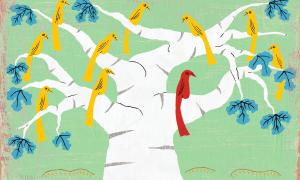text
Literature
i will be chosen

i will be chosen is an anthem for all middle schoolers who knows what it feels like to be left out. Now, they’ll know what it feels like to be included and to win, in more ways than one.
July 9, 2014

